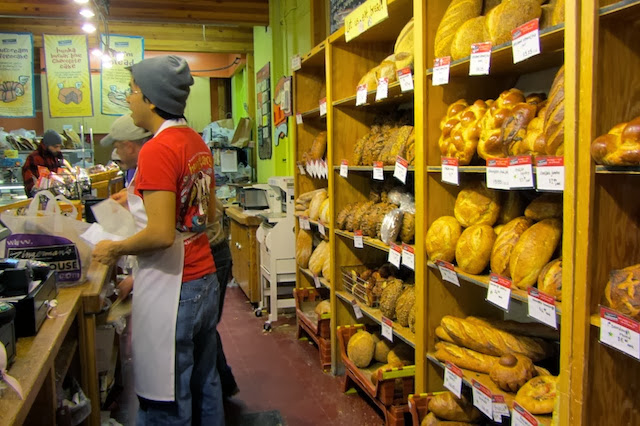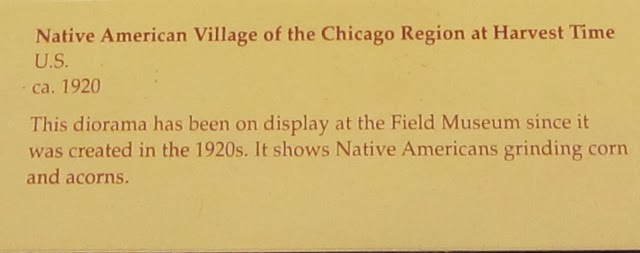In his memoir
Yes, Chef, the celebrity chef Marcus Samuelsson shows himself to be a man who loves food and who is dedicated to several ideals of ethnic awareness and racial equality. Though I knew that Samuelsson was a native of Ethiopia, adopted as a small child and raised in Sweden, author of a book of pan-African recipes, and later an immigrant and naturalized citizen of the US, I wasn’t expecting the high quality of writing and high level of global consciousness that I found in the book.
Always loving food and cooking, Samuelsson credits his Swedish grandmother Mormor with introducing him to food:
“At Mormor’s, the smell of food was omnipresent: The yeasty aroma of freshly baked bread or the tang of drying rose hips hit you as soon as you walked in. Something was always going on in her kitchen, and usually several things at once. My grandmother would start chopping vegetables for dinner while sterilizing jars for canning, while stirring a pot of chicken stock or grinding pork for a month’s worth of sausages. If I had to try to pinpoint my earliest food memory it would not be a single taste, but a smell – my grandmother’s house.” (kindle location 268)
“Every country has a cuisine,” Samuelsson says (kindle location 3317). He shares his fascination and respect for the deep flavors of Swedish food. He describes vividly his voyages long and short in search of unusual spices and cooking techniques in Europe, Asia, Africa, and among immigrant communities in New York. From a stage on a cruise ship to Southeast Asia to walks through New York and spending all his meagre earnings on meals at respected restaurants, he searched for good tastes.
His discovery of obscure flavors like the spice mix
berbere native to his Amharic village in Ethiopia comes alive, while he also painfully explains the harsh poverty in which his natal family subsists. His efforts to be generous and helpful to his family (whom he found when he was over 30, after long efforts) depict his struggle to treat them with respect for their culture, while trying to give his much younger half-sisters a better chance through education. His emotional life is complex and maybe he’s not always perfect in his relationships with others, but I think he describes it in a way that makes one understand him.
 |
| Website of Samuelsson's restaurant Red Rooster. |
Samuelsson began his education in a Swedish culinary school, but quickly sought apprenticeships in three-star establishments in Switzerland and Austria. The toughness of life in such kitchens is characterized by the automatic response of a subordinate when given an order: "Yes, Chef!" The apprenticeship of a chef in a modern kitchen is a frequent subject for chef memoirs; this one seems to me very vivid but less sensationalistic than some of the others.
Samuelsson was always conscious of his racial difference, not least because a worker in those kitchens is often referred to as a “negre” – not a nice word. He’s especially clear about racism in high-end American restaurants and how it affected him during his development as a chef, beginning just above apprentice level and quickly progressing to be a head chef, a partner in a high-profile venture that failed, and finally as the chef chosen to cook the Obama's first White House state dinner and eventually as owner of a successful Harlem restaurant The Red Rooster.












































